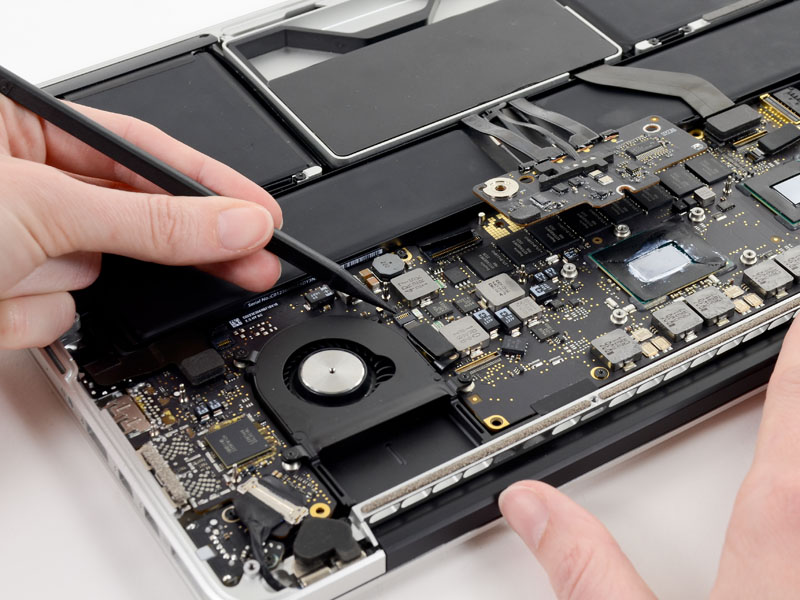Introduction
Faster turnaround times (tat), service level compliance, customer satisfaction, on-time delivery, and the capacity to manage other complex business agreements set the leaders apart in the highly competitive MRO market.
Manual work scheduling, inaccurate work predictions, a lack of visibility into resources, inventory loss, and incompatible legacy systems are just a few of the difficulties that MROs must contend with. There are urgent needs for paperless operations, sophisticated contract management, and an easy-to-use solution.
It is anticipated that the digital MRO sector might experience growth equivalent to tripling its current value. The rising digitalization of MRO ERP system to boost efficiency and cut downtime for airplanes is a significant driver of this expansion.

Aviation maintenance, repair, and overhaul (MRO) businesses of the future will have to use cutting-edge technology like artificial intelligence to manage better their aircraft maintenance, repair, and overhaul operations.
In the aviation industry, what does MRO stand for?
MRO, or Maintenance, Repair and Overhaul, refer to the process of fixing or inspecting a plane or its parts. This encompasses everything done to keep planes up to par with international regulations for safety and airworthiness.
MRO’s Technological Advantages
The Internet of Things (IoT) has evolved into a trendy term in the computer industry, but we’re finding that there’s substance beyond the hype, especially in the aviation industry. The Internet of Things (IoT) increases competency, operational efficiency, and profitability.
The aviation industry is benefiting from the incorporation of cutting-edge IoT technology. As a result of advancements in extensive data analysis and Internet of Things-enabled sensor technology, Condition-based Maintenance (CBM) is becoming more effective and efficient (CBM).
All of this data analysis will help improve operations and cut down on maintenance downtime. With this knowledge, repairs can be predicted using predictive maintenance methods. MRO ERP software is anticipated to be impacted in several ways by IoT extensions. In the following sections, we will examine a few other game-changing innovations coming to the aviation sector.
Artificial Intelligence:
As we learn how to put AI to work, we expect even more innovations designed to boost efficiency. Autopilot systems help pilots take over some of their duties, such as steering and navigating the aircraft.
Augmented Reality:
The MRO industry is also using augmented reality technologies to make up for the shortage of available personnel. Through remote coaching, on-site operators can gain access to qualified technical advisors. This implementation of augmented reality has “revolutionized knowledge exchange.” There will be greater demand for airplane maintenance technicians as the number of aircraft in the world’s fleet rises from its projected low of 26,307 to a projected high of 37,978 by 2028.
Wearables:
Wearables and robotics are other products of the Internet of Things. Innovative maintenance alternatives, such as wearables and robotics, allow faster repairs and easier networking.
Rolls Royce is working to improve aircraft maintenance with the help of a tiny “bug-like” robot. Regular inspections may be completed in less time and without removing the engine from the plane, thanks to the robot.
Conclusion
Two main categories of Aircraft Maintenance Repair and Overhaul facilities use Aviation Maintenance Software (Aviation MRO ERP Software).
Aviation MRO component repair describes a specific aviation maintenance facility that fixes things like planes’ engines, landing gear, auxiliary power units, and nose cones. Whole aircraft Aviation MRO, which performs services like “C” checks and aircraft modifications, is the other sort of aircraft maintenance facility. Thanks for reading our posts.





